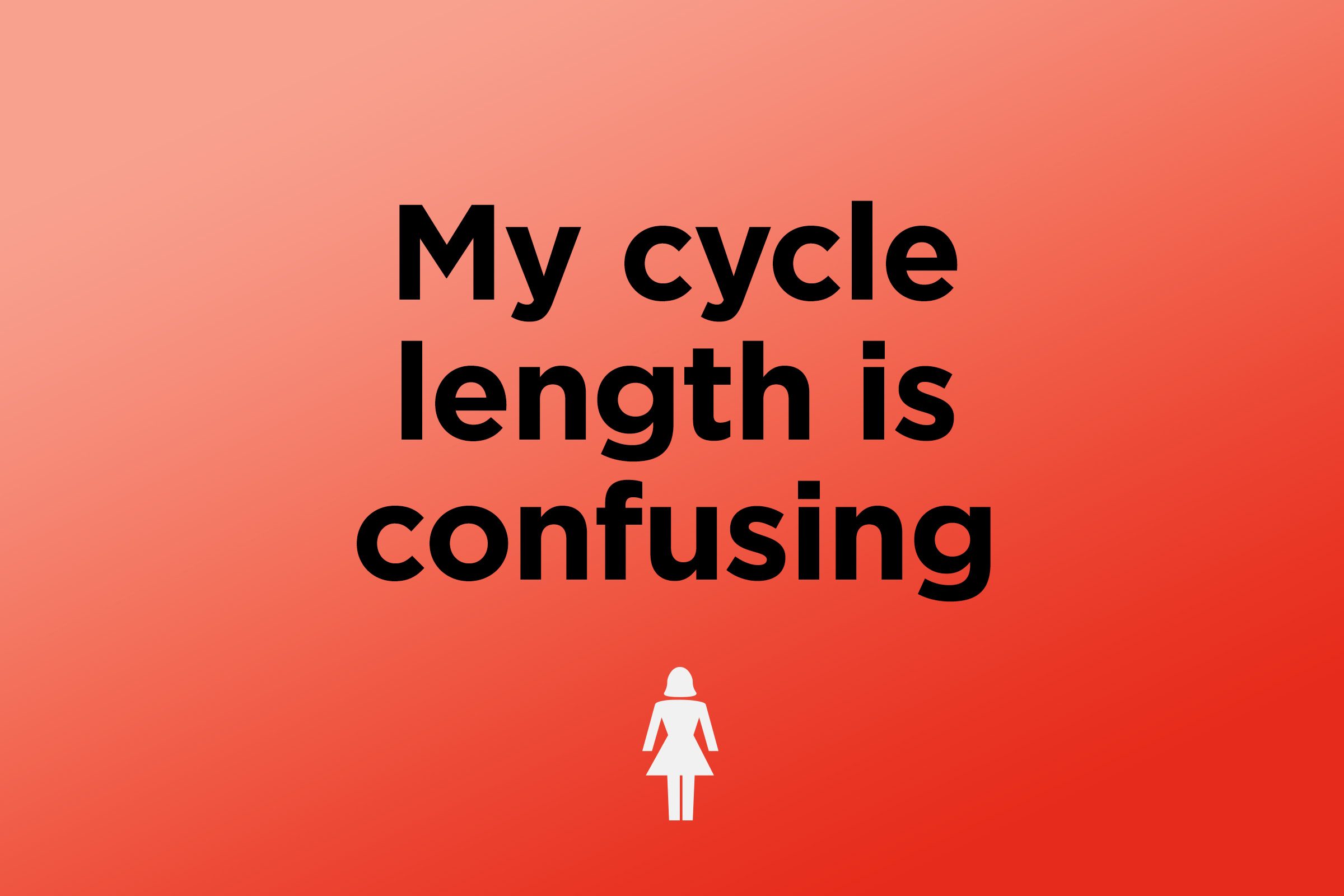
You’re (still) confused about the length of my cycle
Twenty-eight days: That’s the number you’ve had stuck in your head since you first learned about the birds and the bees. And that’s the length almost half of women in one survey believe every menstrual cycle should be. They, and you, are not totally wrong: An average menstrual cycle is 28 days long; but as few as 21 days and as many as 35 is also totally normal. To keep track of yours: Day one is the first day of your period, and last is the day before your next period arrives. In case you’re counting for baby-making reasons: Ovulation occurs at about day 14 of an average 28-day cycle, and you’re most likely to get pregnant if you have sex during the three days before or on the day of ovulation. Here are unusual menstrual cycle symptoms to watch for.
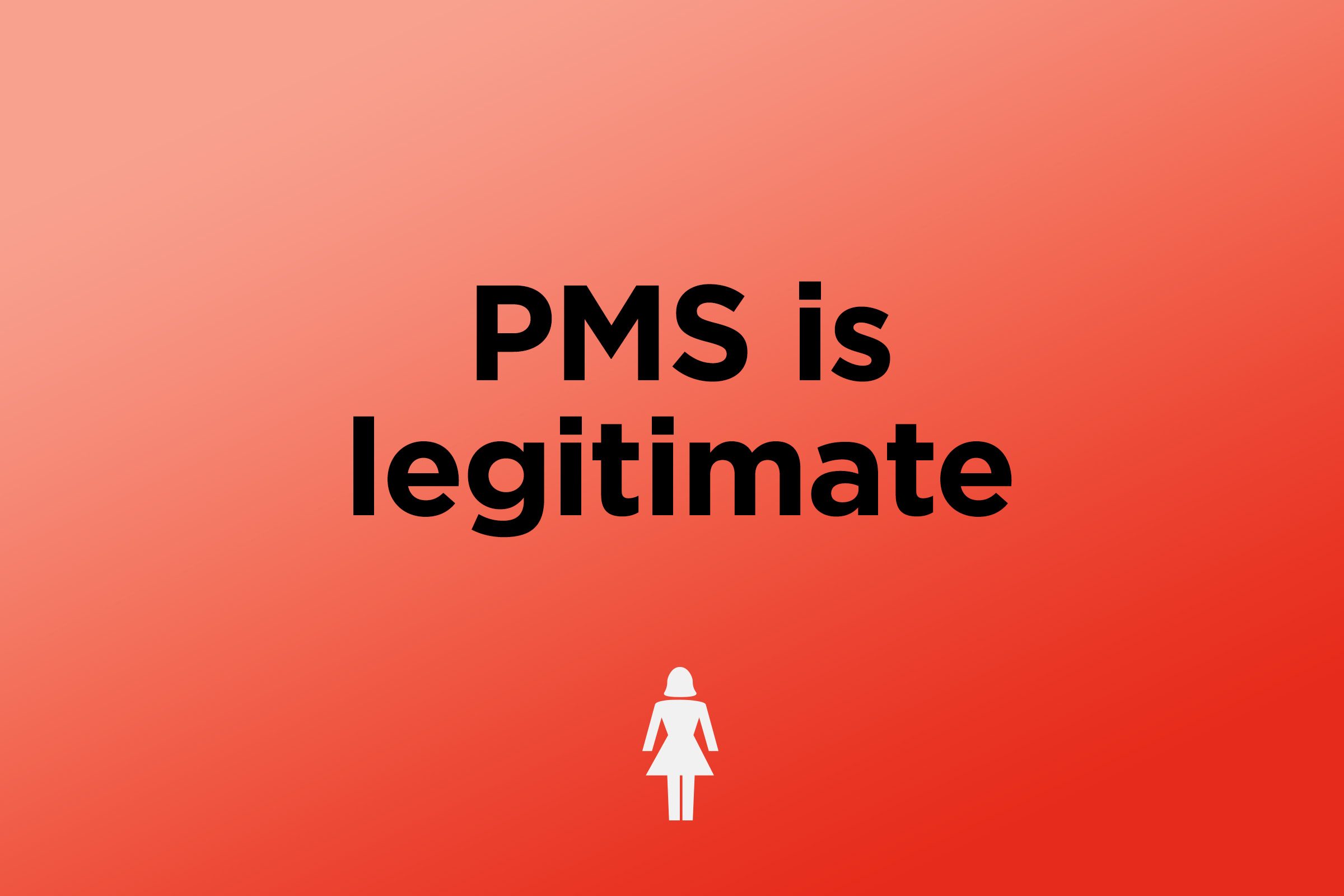
PMS symptoms can take a big toll
And don’t let anyone tell you otherwise. Premenstrual syndrome (PMS) is a group of symptoms that occur a week or two before your period and subside once you actually start bleeding. The symptoms can range from acne flare-ups, swollen or tender breasts, and fatigue and headaches to depressed mood, trouble sleeping, crying spells, and irritability. More than 85 percent of menstruating women experience at least one PMS symptom, according to estimates from the American College of Obstetricians and Gynecologists. Check out these 11 ways to treat and ease the pain of PMS.
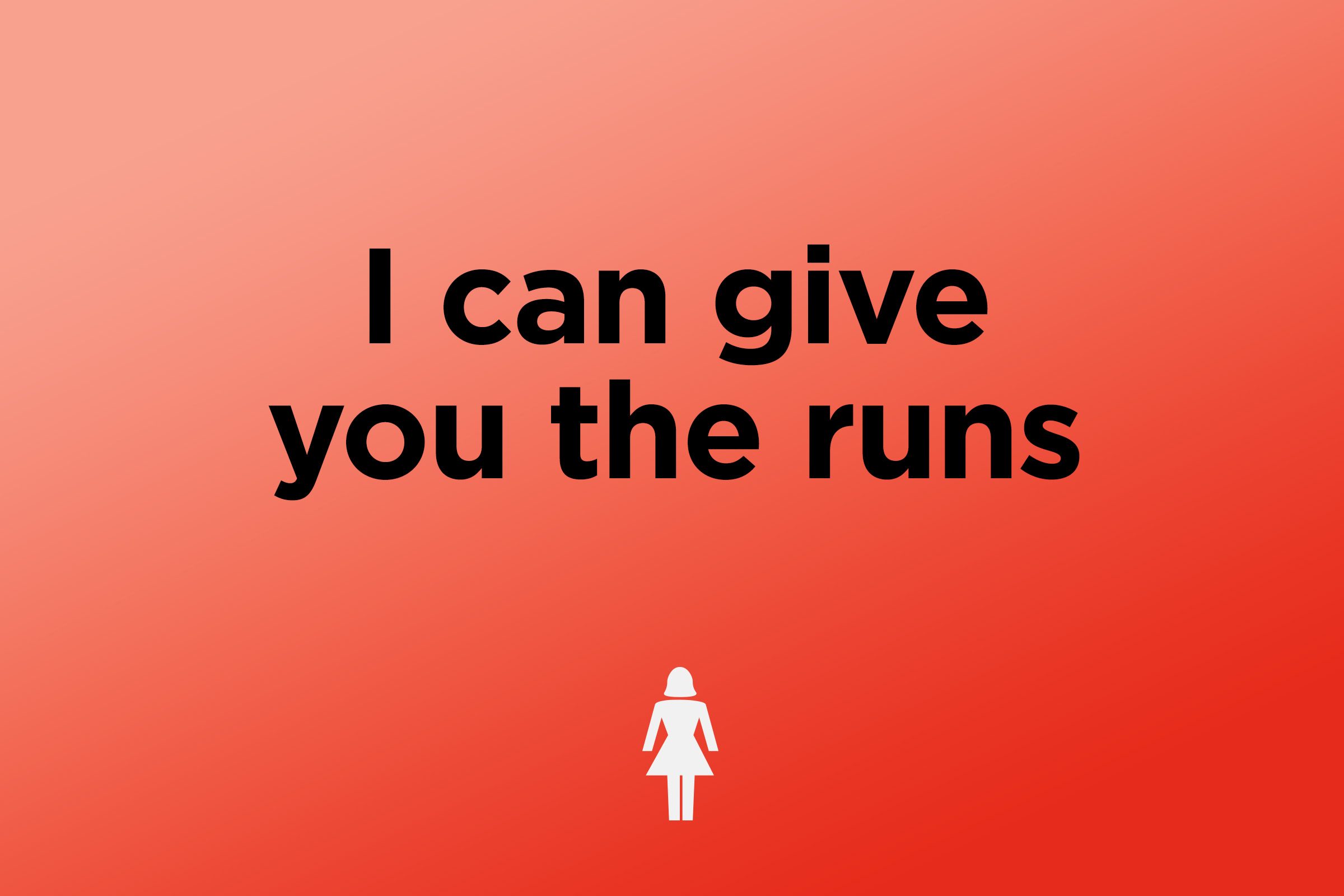
I give you diarrhea
Cramps, bloating, cravings, and yes—the runs, too. It’s so not right, but here’s why it happens: During your menstrual cycle, cells in the lining of your uterus produce hormone-like compounds called prostaglandins, which cause your uterine muscles to contract and expel the lining at the end of your period. If the body makes more prostaglandins than it needs, not only will your cramps be stronger, but some of the excess compounds may also enter the bloodstream and make their way over to the bowel area. Prostaglandins can then stimulate the large intestines and muscles in bowels to contract and, well, “expel” the contents. Here are other strange pooping habits that science can explain.
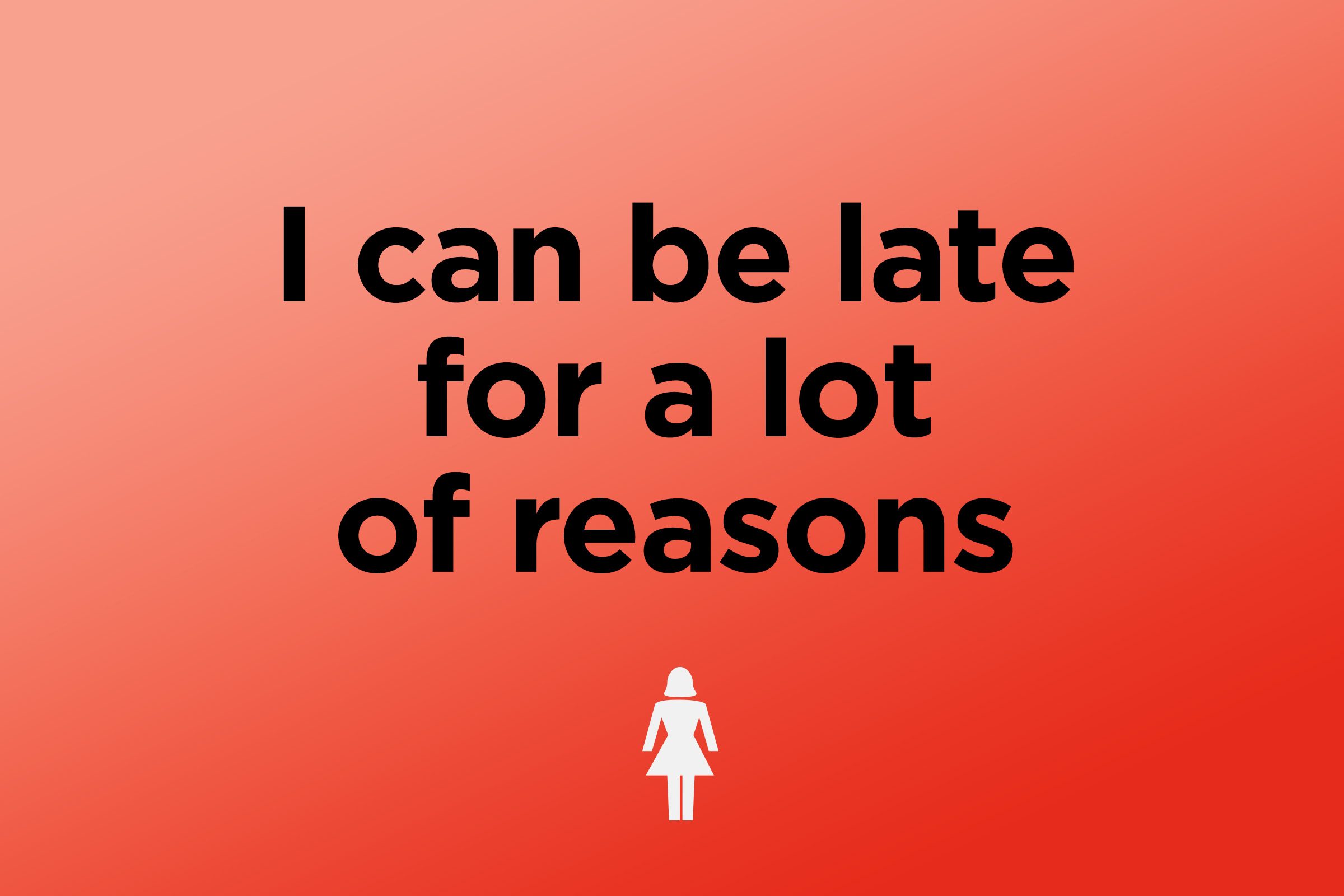
A late period isn’t always what you think
Sometimes stress may be the culprit: When you’re freaking out over work, the kids, the house, your family, or whatever else is getting your anxiety levels up, it can temporarily alter the functioning of your hypothalamus—the part of the brain that controls the hormones that regulate your menstrual cycle. Extreme diet changes or weight loss can also mess with your monthly visitor’s schedule; so could excessive exercising and a number of health conditions. Don’t miss these other reasons your period is late besides being pregnant.
Unpredictable periods are also a sign of perimenopause, a physiological stage when your body begins its transition to menopause. Or… a late and missed period could be exactly what you think. And in that case, congrats!
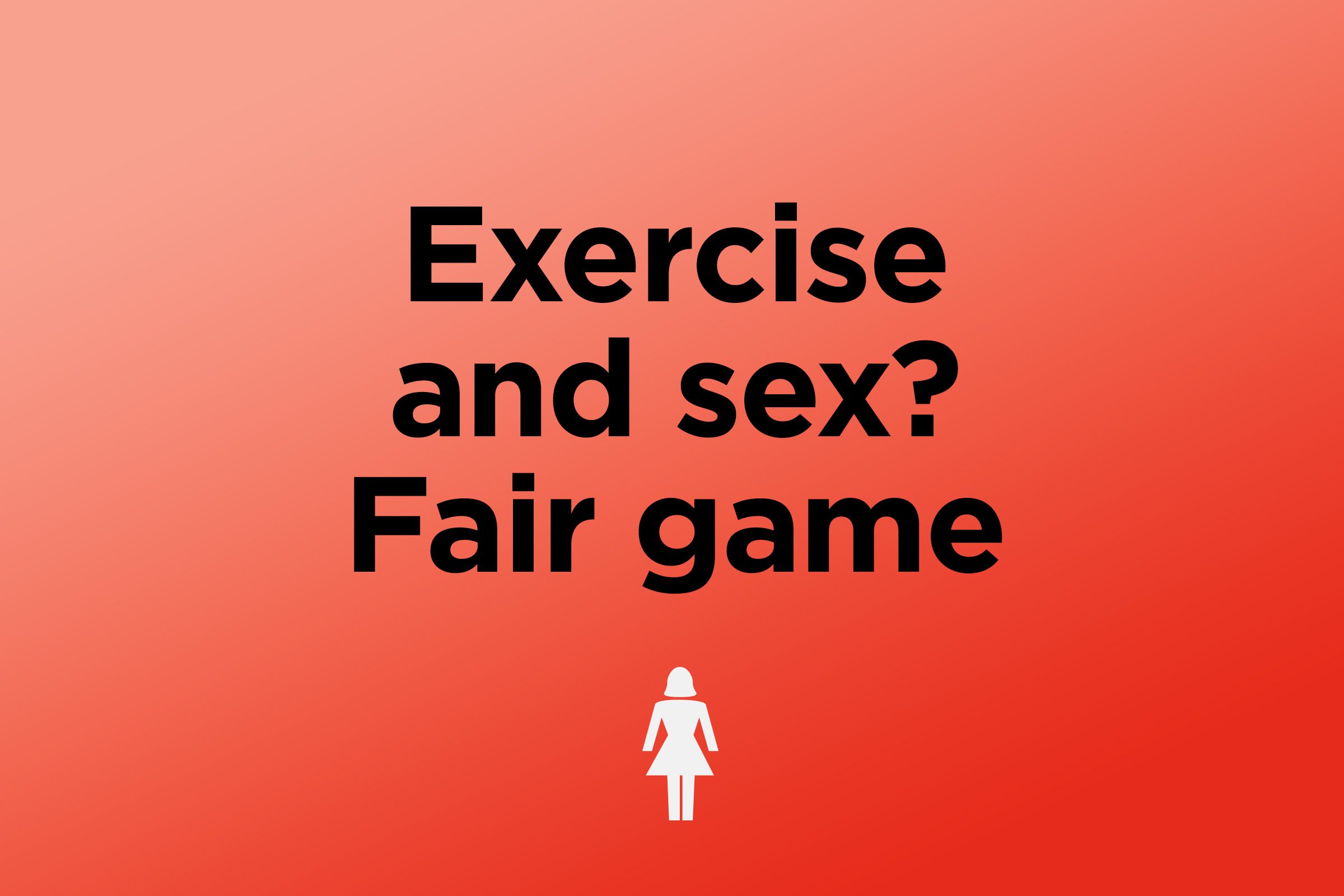
You can exercise (and have sex) when I’m visiting
There’s no reason to abstain from either. Go for a walk, ride your bike, swim some laps—for many women, regular aerobic exercise can help ease PMS symptoms, according to the American College of Obstetricians and Gynecologists; it may also reduce fatigue and depression. And if you prefer to work up your sweat between the sheets, go for it. The change in hormones during the first few days of menstruation may actually leave you feeling friskier than usual. But please heed this warning: While it’s unlikely that you’ll get pregnant during her period, it is not impossible. If you have a shorter menstrual cycle (21 to 24 days) and you do the deed toward the end of your period, sperm can remain viable in your vagina for up to five days, making pregnancy a possibility.
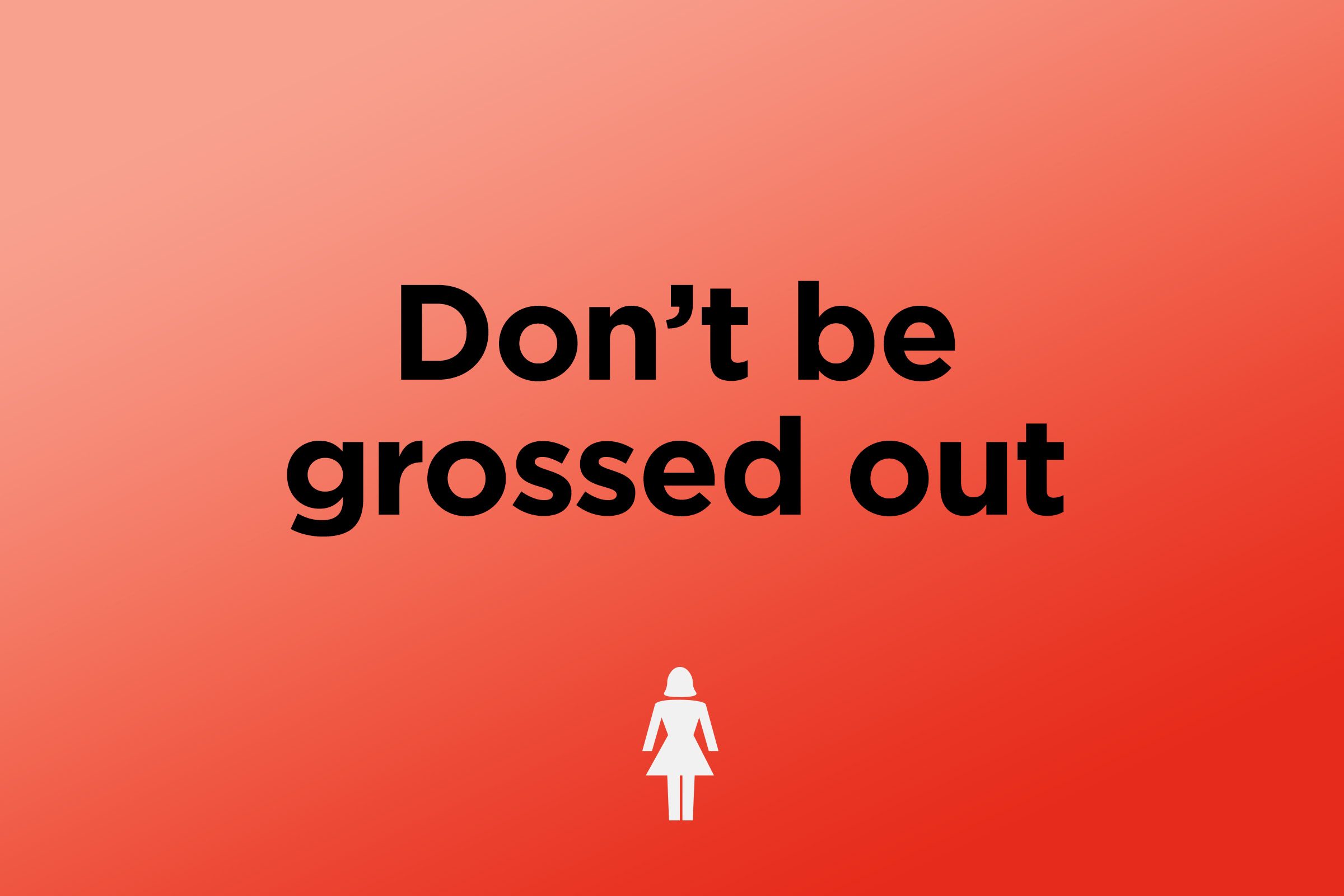
Chunks are normal
It looks completely gross, but don’t freak out. You uterus is shedding its lining during your period, so the little clumps you sometimes see are actually blood clots that may contain some of the tissue from the lining. What’s not normal: large blood clots. If your period seems heavier than usual—you’re soaking through one pad or tampon every hour for several hours or passing very large blood clots—talk to your doctor to determine if there’s an underlying problem. Be sure to read up on these other period problems you should never ignore.
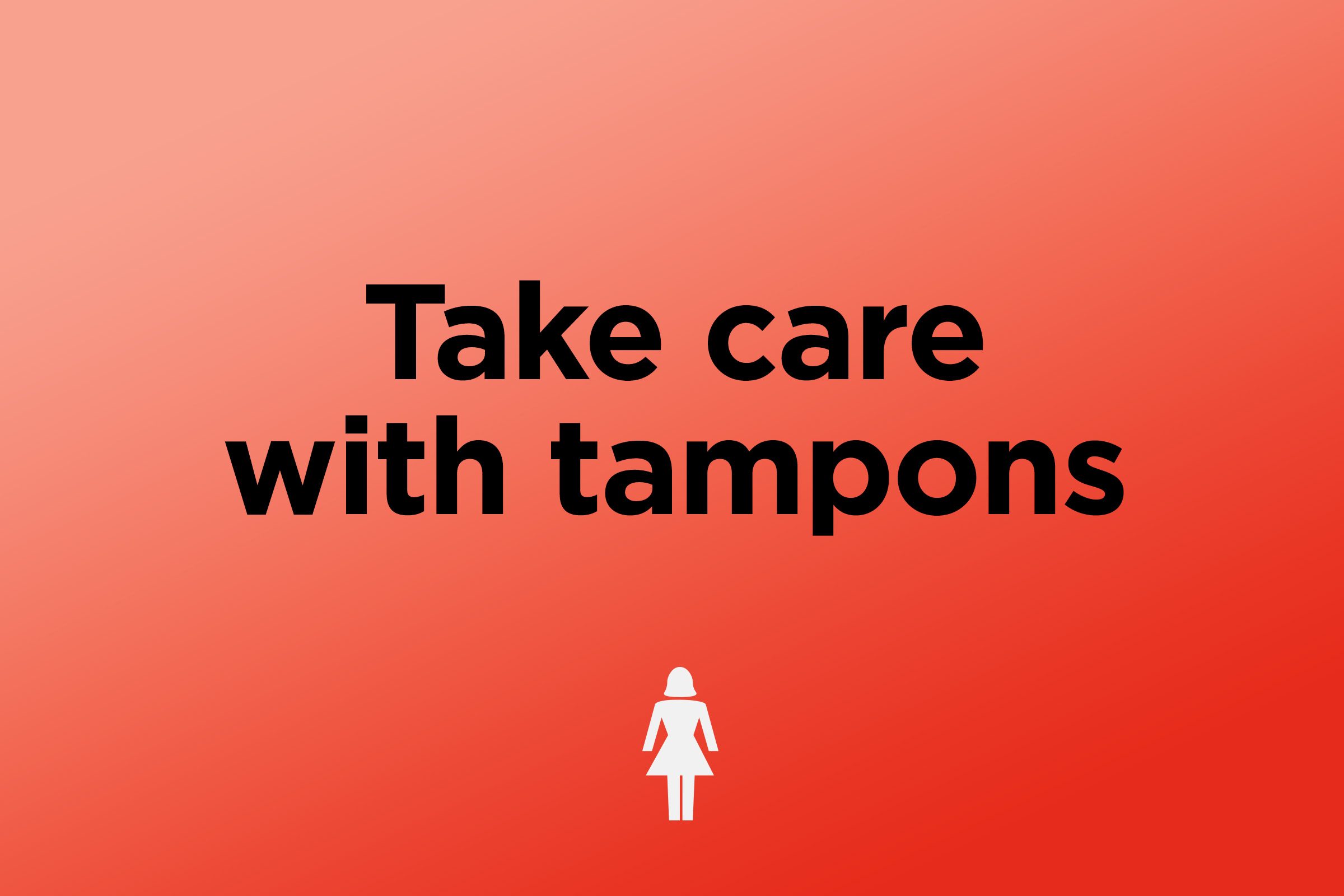
Tampons don’t cause toxic shock, but don’t leave them in too long
TSS—or toxic shock syndrome—is actually caused by toxins produced by specific bacteria, most commonly Staphylococcus aureus (staph) or also group A streptococcus (strep) bacteria. If your body can’t fight the toxins, your immune system reacts and causes the symptoms associated with TSS, such as sudden high fever, dizziness or lightheadedness, vomiting or diarrhea, a rash on your palms and soles, and muscle aches. TSS can affect anyone, meaning men and children too; risk factors include wounds, burns, or having had recent surgery. Using super-absorbent tampons also falls on that list of risk factors for TSS, though how one leads to the other is not completely understood. One theory is that if you leave in a tampon for some time, which you might with a very absorbent one, it can become a breeding ground for the bacteria. Another is that the fibers from the tampon may scratch your vagina, allowing the bacteria or the toxins to enter the blood. TSS is rare: It affects about one per 100,000 people annually, but it can be deadly. So if you use a tampon, change it at least every four to eight hours. Use the lowest absorbency tampon needed for your flow and consider alternating between pads and tampons. And stay tuned: Scientists in Vienna developed the world’s first vaccine against TSS, and initial results found it safe and effective. More testing is underway.
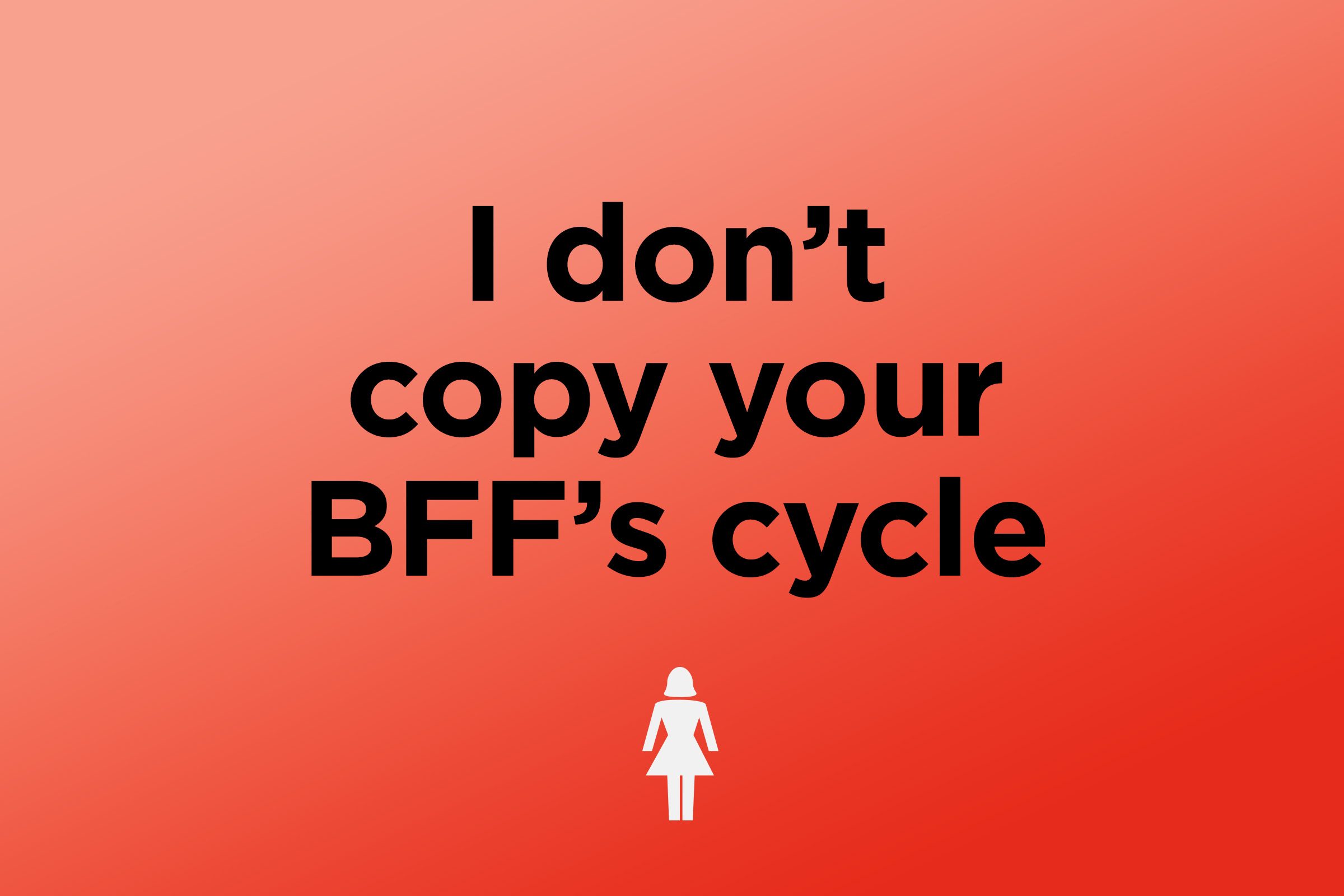
And no, I don’t sync up with your roommate or best friend
You swore it happened in college: By the middle of your freshman year, you and your roomie started getting your periods at the same time. No one’s calling you a liar, but it was likely a coincidence. In 1971, a University of Chicago psychologist presented a paper on “menstrual synchrony” and the theory that women’s bodies react to the pheromones (or airborne chemicals signals) of other women around them, causing cycles to sync up. More research has been done since then, but at the moment—evidence points to a random overlap.
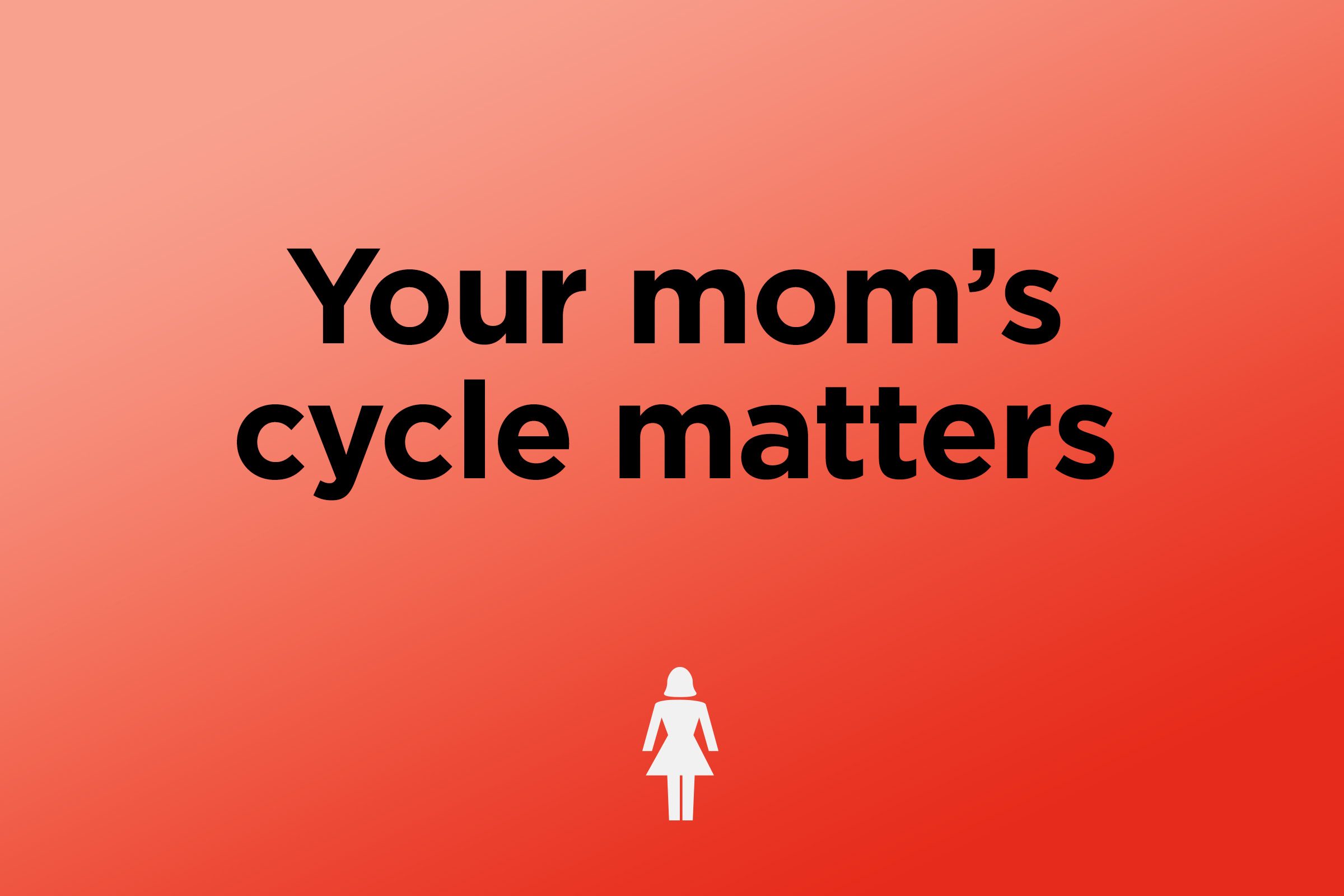
Ask your mom when I’ll go away for good
The age at which your mother went through menopause may help predict when you will, too—particularly if there’s a family history of early menopause (before age 40). On average, women get their last visit from Aunt Flo around 51 year old, but anytime between early 40s and mid 50s is normal. While research shows a genetic link, some lifestyle factors, like smoking, may bring menopause on earlier. You’re officially in menopause when you’ve gone 12 months without a period—and that marks the end of your ability to have kids. Also be on the lookout for these body changes that happen before menopause.